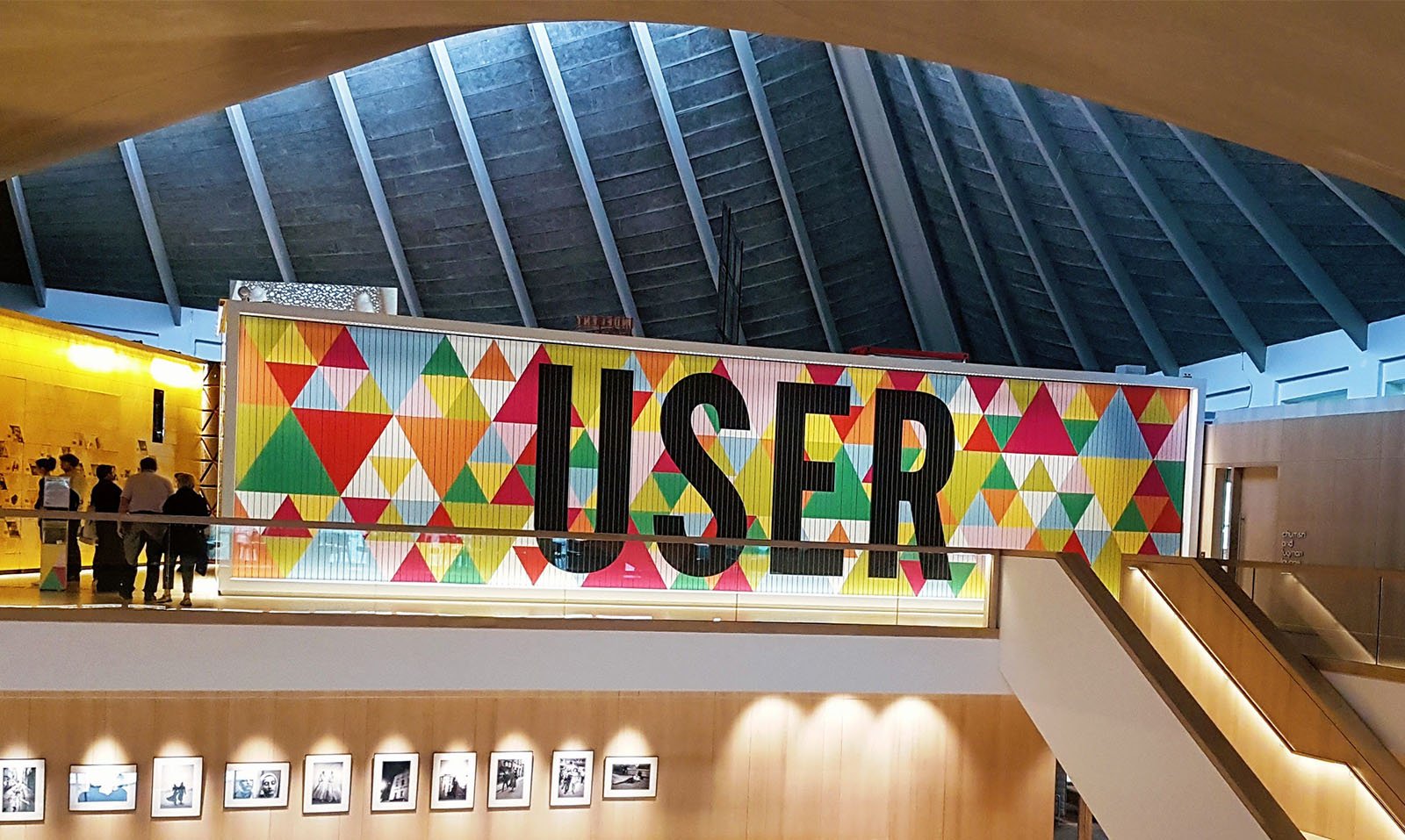It turns out that colour is one of the most exciting things in the world.
Since the beginning, colours have stirred our emotions. White chalk was a precious tool in the hands of Palaeolithic artists. Gold from the very first civilisations reminded us of the sun. A desire for the mysterious and exotic blue changed the course of history.
Colour was definitely grabbing worldwide attention, but it certainly wasn’t easy to get hold of. This is why it became the ultimate symbol of luxury. Those who could afford it used their favourite hues to decorate their surroundings. Today, not so long since the beginning of the Digital Revolution, we have free access to any colour we can possibly think of, and more. But do we really know what the essence of colour is? Are we sure there is an exact dictionary definition for it or is it a bit more abstract than ordinarily defined things?
Fifty Shades of Grey isn’t the best starting point. Whatever colour we pick, whether it be grey, blue or red, we won’t be able to describe it. Unless, of course, we decide to refer to grey, blue or red objects as a point of reference. This is because there is no elementary characteristic of red or any other colour. Redness is just a term that refers to other concepts – the inception of concepts.

How do we perceive colour?
The neuronal structure corresponding to the concept of redness is connected to light-sensitive cells in the eyes that are sensitive to the red range of the spectrum. What we perceive through our eyes, is electromagnetic radiation at specific wavelengths. Our neuronal structure is “learned” by various combinations of integrated signals – for example, a combination of the sky with signals derived from “blue” receptors of the eye. Therefore, blue defines all the blue objects in our neuronal network, and they define blue.
Throughout the course of our life, we experience different sets of events with colourful objects. That makes our associations unique, and, as a result, each of us understands the concept of blue slightly differently.
Disagreements in the perception of colours depend on origin, age, gender, and even state of health. Vivid and bright colours are popular amongst the youth, while older people feel more comfortable when surrounded by subdued shades. Black is widely known as the colour of mourning in Poland. In India, that would be white.
It is not an exaggeration to say that colour is the key factor in building a mood. It can stimulate our imagination to express taste, smell, and emotions. Since technology has changed it all and never before has there been so many colours available, the ability to shape our mood with colour is particularly true for a computer screen.
Colour as a tool
Colour is powerful because it can change our mood – the mood of potential customers. If a website improves our state of mind, our relationship with a brand will deepen, and the probability of a return will increase. Advertisers and designers are well aware of that. We are not guided entirely by logic when making purchases. We tend to be driven by less identifiable factors such as emotions. Successful brands, like Harley Davidson, don’t sell motorcycles; they sell a lifestyle.
Finding the right choice of colours is an art because everyone interprets colours differently. Therefore, the trick is about an entire selection. No colour scheme is ideal or universal. There is no best palette for a specific social or cultural group. We have to understand the meaning of colours so that they can support our message. Colourful information affects the decision-making process with surprising effectiveness.
The different kinds of colours
Through colours, we can control the reactions of an audience and provoke them to certain behaviours. The following paragraphs present commonly used colours and describe their impact on users.
Warm bright colours
Beige, yellow, orange, pink, red and similar. These are active, eye-catching colours with a friendly nature that may induce a sense of courage and energy.
Warm bright colours visually enlarge objects and make them seem closer. Due to their high visibility, I advise limiting their use among subdued colours.
Cold bright colours
Lavender, silver, and azure add subtlety, full of aesthetics and freshness, accents.
Such cold but bright tones enhance a sensation of modernity and professionalism if harmoniously combined with grey. It’s a nice composition for businesses, commerce, and service websites, especially with health, cosmetic and medicine products.
Cold dark colours
Violet, blue, turquoise, green, and navy give a feeling of stability and quality. These shades are often placed as accompanying colours. Although they don’t attract attention, they emphasize the content.

Cold dark colours are widely used on business websites for ambitious and hardworking qualities, with a special highlight for government, science, automotive and computer products.
Warm dark colours
Gold, purple, and brown express classics, tradition, luxury and relaxation. They blend well in expensive and elegant designs for the young and rich.
Mixed with cold colours gives an impression of modernity and novelty. Perfect for brands engaged in finance, consulting, architectonics and craft.
Neutral colours
White, grey and black help to create contrasts and bring all the other colours out. They don’t convey any particular message on their own. Neutrals are here to support their neighbours by playing the role of complementation on websites.

Their use can be truly universal as they work well in various applications. Black can be combined with bright colours and white with dark colours, making a classic, almost universal combination.
How to apply colours
The correlation of colours is key to their impact. Reddish-brown sepia tones refer to past and tradition, navy-blue combinations are associated with dynamism, while black and white in equal amounts give deeper expression to each other.
The simplest set of colours expresses thoughts without words and influences audiences. The choice of these colours should reflect the brand mission with strength and clarity to attract prospective customers.
Again, there are no ideal sets of colours. Some are more common, some less so. Warm colours impact users to take action, whilst cold shades have a cooling effect. A red spot on a light background is expressive, while placed on a cold one is almost hot. The stronger the contrast, the more powerful the message. And surprisingly, many successful campaigns have broken colourful rules. Putting together opposing colours influenced their visibility on the market.
The designer’s role is to build clear and understandable communication through the impact of colour. The fewer hues used in composition, the easier the whole thing is to remember. Select two to three key colours, and your message will sustain easier and longer in the minds of your audience.
In her capacity as an independent consultant and researcher, she seamlessly integrates user, business, and technology experiences. She authored her first book in 2011 and has since emerged as a respected public speaker, delving into topics from software design and employability in the IT sector to stress reduction techniques and expedition planning in wellness. As an experienced yoga teacher committed to academic growth, Paula is on a scholarly path in religious studies, specialising in Indic traditions.
- When Monks Take Up Arms: Skilful Means as a Tactical Response to Violence in Buddhist Military Engagement - 27th December 2023
- The Role of the Jain Doctrine of Nonviolence in India - 10th November 2022
- Mahāyāna Meditation: Revered Divergence From Mainstream Buddhism - 15th January 2022





